Nickname(s) "Bully" Unit JG 54, JG 26 Years of service 1939–44 | Place of burial Belgium Name Emil Lang | |
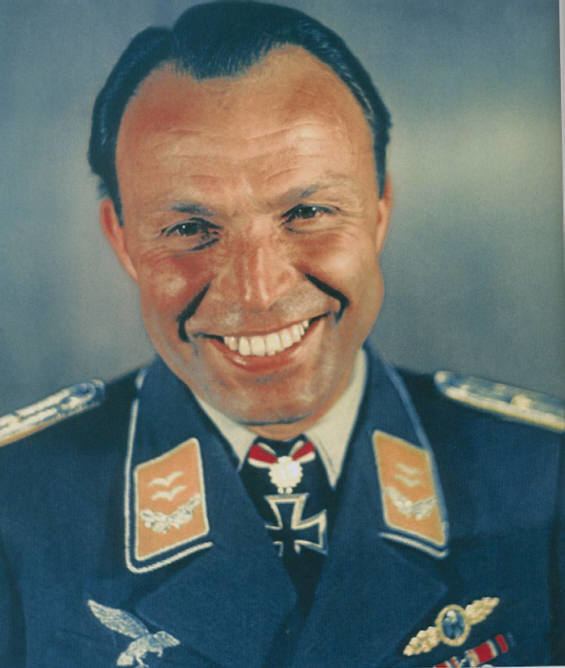 | ||
Commands held 5./JG 54, 9./JG 54, II./JG 26 Died September 3, 1944, Sint-Truiden, Belgium Battles and wars | ||
Emil Lang (14 January 1909 – 3 September 1944), nicknamed "Bully", was a Luftwaffe flying ace during World War II. A flying ace or fighter ace is a military aviator credited with shooting down five or more enemy aircraft during aerial combat. Lang was credited with 173 aerial victories—144 on the Eastern Front, 29 on the Western Front—and one Soviet torpedo boat sunk in 403 combat missions.
Contents
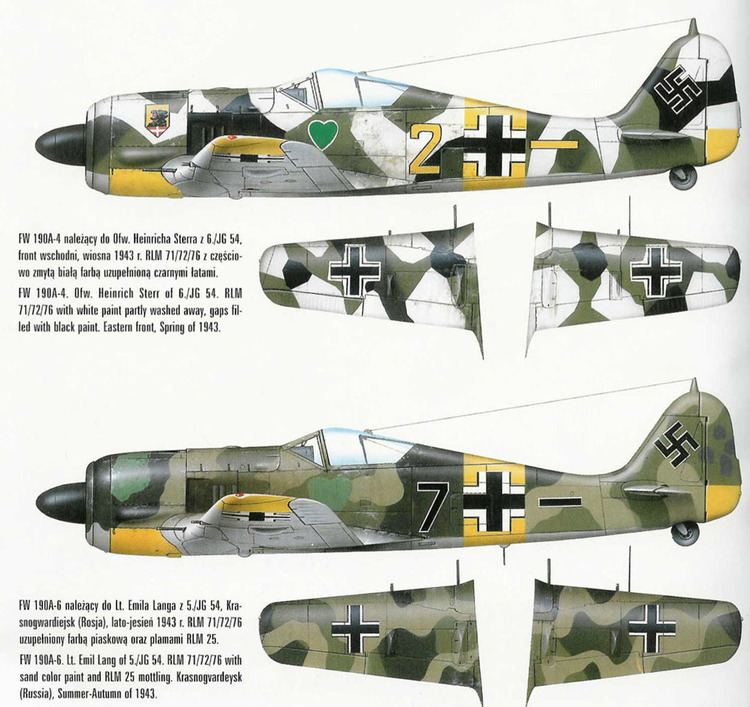
Posted to a fighter wing on the Eastern Front, Lang claimed his first aerial victories in March 1943. He was credited with 72 victories in a three-week period, among them an unsurpassed total of 18 on 3 November 1943. He received the Knight's Cross of the Iron Cross on 22 November 1943 for his 119 victories to that time. By March 1944, his claims totaled 144, for which he received the Knight's Cross of the Iron Cross with Oak Leaves on 11 April 1944. Transferred to the Western Front, he claimed his 150th victim during the Normandy Invasion on 14 June 1944. He scored his last three victories on 26 August 1944; on 3 September 1944, he was killed in action over Belgium.
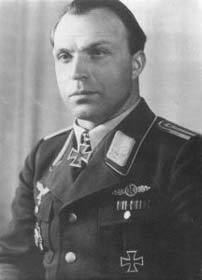
Early life
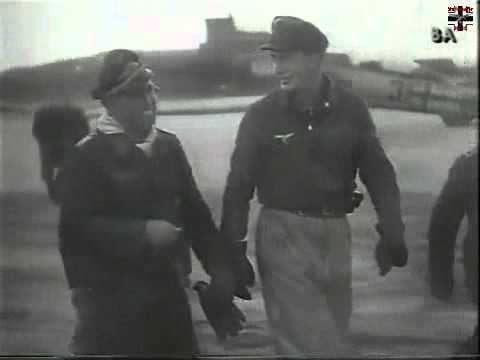
Emil Lang was born on 14 January 1909 at Thalheim, now part of Fraunberg in the Isar region near Freising of Bavaria, Germany. He was a well-known track-and-field athlete who ran the middle distances. Prior to World War II, he qualified as a civil pilot and flew with Deutsche Luft Hansa. Lang earned the nickname "Bully" from his 'bulldog-like' looks, characterized by his barrel-chested physique.
Career in the Luftwaffe
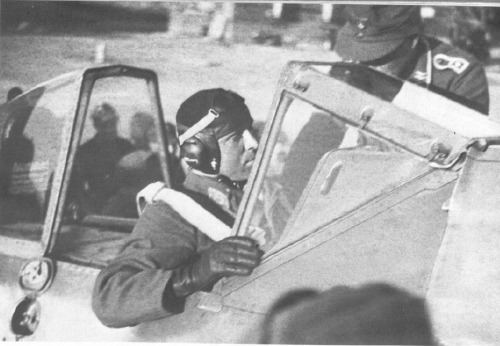
Having served as a transport pilot since 26 August 1939 with the Fliegerhorst Kompanie (Airfield Company) at Gablingen, Lang was 33 years old when he was accepted for fighter pilot training in 1942. He undertook courses at the Jagdflieger Vorschule 1 (1st Fighter Pilot Preparation School) (3 July 1942 – 14 August 1942) and Jagdfliegerschule 5 (5th Fighter Pilot School) (15 August 1942 – 5 January 1943). He was then assigned to Jagdgruppe Ost (Fighter Group East) on 6 January 1943 and then to Jagdgeschwader 54 (JG 54—54th Fighter Wing) on the Eastern Front on 11 February 1943. Serving with 1./JG 54 (1st Squadron of the 54th Fighter Wing), Leutnant (Second Lieutenant) Lang was 34 and considered exceptionally old for a novice fighter pilot. His first three aerial victories were claimed in March 1943, and within a month he was transferred to 5./JG 54 (5th Squadron of the 54th Fighter Wing) of which he became Staffelkapitän (Squadron Leader) on 20 August 1943.
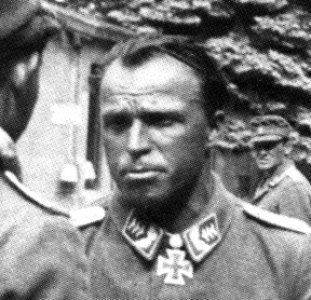
Before the year's end, Lang's kill tally stood at over 100 victories, with a remarkable 72 scored around Kiev in just three weeks during October and November 1943. He was the 58th Luftwaffe pilot to achieve the century mark. This series of multiple victories included ten on 13 October 1943 and 12 (victories 61–72) in three combat missions on 21 October 1943, which earned Lang his first of two references in the Wehrmachtbericht, a bulletin issued by the OKW, the Wehrmacht High Command. Lang set an all-time world record of 18 aerial victories claimed from four combat missions in one day on 3 November 1943, making him aviation history's leading ace-in-a-day. This achievement led to him appearing on the cover of the 13 January 1944 Berliner Illustrirte Zeitung (Berlin's Illustrated Magazine). Lang was awarded the Knight's Cross of the Iron Cross (Ritterkreuz des Eisernen Kreuzes) after 119 aerial victories on 22 November 1943, followed three days later by the German Cross in Gold (Deutsches Kreuz in Gold).
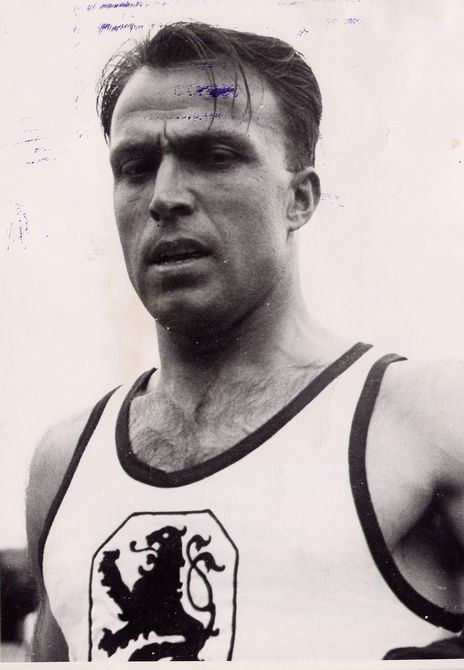
On 9 April 1944, Oberleutnant (First Lieutenant) Lang was appointed Staffelkapitän of the 9./JG 54 (9th Squadron of the 54th Fighter Wing) engaged in Defence of the Reich on the Western Front. He became the 448th recipient of the Knight's Cross of the Iron Cross with Oak Leaves (Ritterkreuz des Eisernen Kreuzes mit Eichenlaub) on 11 April 1944 after 144 aerial victories, all claimed on the Eastern Front.
Western Front
In June, Lang claimed 15 aerial victories, including his 150th—a United States Army Air Forces (USAAF) P-47 Thunderbolt on 14 June 1944—and four P-51 Mustang fighters shot down in four minutes on 20 June 1944, plus another four P-51s on 24 June. Hauptmann (Captain) Lang was then made Gruppenkommandeur (Group Commander) of the II./Jagdgeschwader 26 "Schlageter" (JG 26—2nd Group of the 26th Fighter Wing) on 28 June 1944. On 9 July, he claimed three Royal Air Force (RAF) Supermarine Spitfires (victories 160–162)—no Spitfires were shot down this day: American historian Donald Caldwell noted that his claims were exaggerated but asserted Lang's ebullience, energy and drive made him an effective combat leader. On 15 August 1944 two P-47s, and on 25 August 1944 three P-38 Lightning fighters in five minutes. The hard-hit 428th Fighter Squadron, 474th Fighter Group lost 8 P-38s, its worst combat performance. The 429th also lost three P-38s. Not a single Fw 190 was lost. The Bf 109-equipped III./Jagdgeschwader 76 (Fighter Wing 76) were also involved and claimed six P-38s. During the day it lost 21 Bf 109s, three pilots killed and 18 missing.
He claimed three Spitfires in two missions for his final victories (victories 171–173) on 26 August. His victims most likely belonged to 421 and 341 Squadron RAF. Between 24 May and 28 August 1944, Lang had claimed 29 aerial victories on the Western Front, including nine P-51 Mustangs. On 6 June 1944, his group was the first to reach 100 aerial victories over Normandy, earning him and his group a second and final reference in the Wehrmachtbericht on 30 August.
Death
On 3 September 1944, Emil Lang was killed in action when his Fw 190 A-8 (Werknummer 171 240—factory number) "Green 1" hit the ground and exploded in a field at Overhespen. He had experienced mechanical trouble on the runway when he and the other aircraft of his flight took off at Melsbroek at 1.20 pm. Ten minutes later, Lang was still having difficulties raising his landing gear. Flying at an altitude of 200 metres (660 ft), his wingman, Unteroffizier Hans-Joachim Borreck, called out P-47 Thunderbolts to their rear. Lang broke upward, to the left. Leutnant Alfred Groß saw Lang's Fw 190 diving in flames, its gear extended, but he lost sight of Lang when his own craft was hit and he had to bail out. Examination of both German and American records suggests that Borreck and Groß misidentified their opponents. The P-51 Mustangs of the 55th Fighter Group's 338th Squadron intercepted a flight of three to six Focke Wulfs. Lieutenant Darrell Cramer took a high deflection shot at the Focke Wulf on the left, which fell upside down in a steep dive and crashed hard into the ground; this undoubtedly was Emil Lang.
On 28 September 1944, Lang's commanding officer, Geschwaderkommodore (Wing Commander) Josef Priller, submitted a request for posthumous promotion to Major. In describing Lang's character, Priller said:
Captain Lang is a fully matured character, serious and calm in his demeanor, yet definite and energetic when strength was needed. Very good attitude as an officer. Demands of himself first. He understands how to reach the men under his command correctly. Captain Lang possesses an exemplary concept of service, has initiative and talent for improvisation to a large degree, well rooted in the National Socialist ideas.
The commander of the II. Jagdkorps (2nd Fighter Corps), Generalleutnant (Major General) Alfred Bülowius, concurred with the assessment. Despite these recommendations, Emil Lang did not receive a posthumous promotion to Major.
